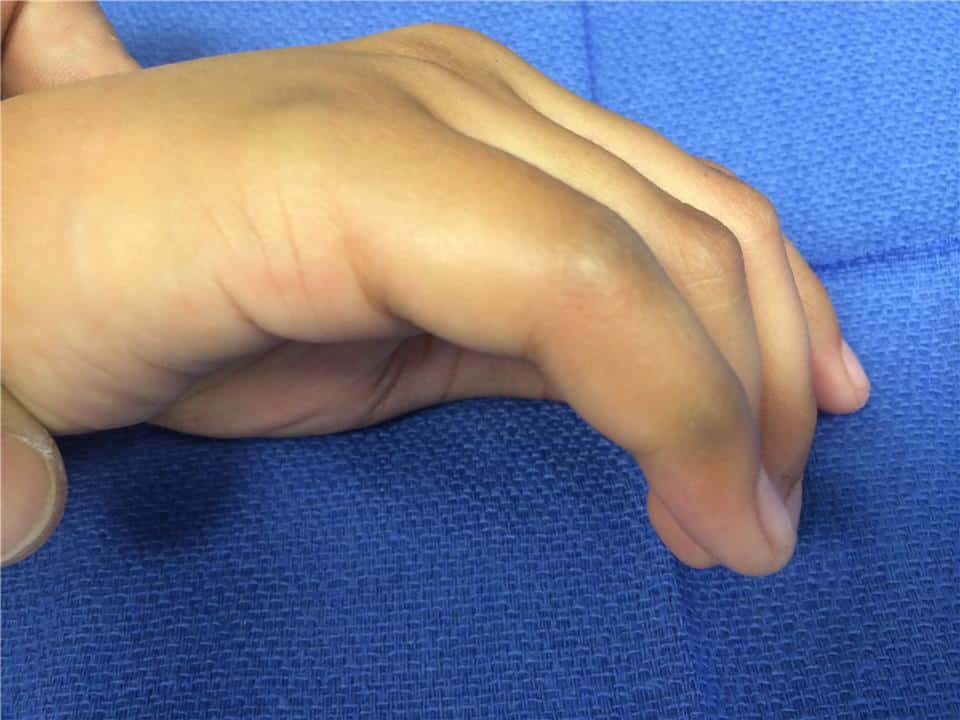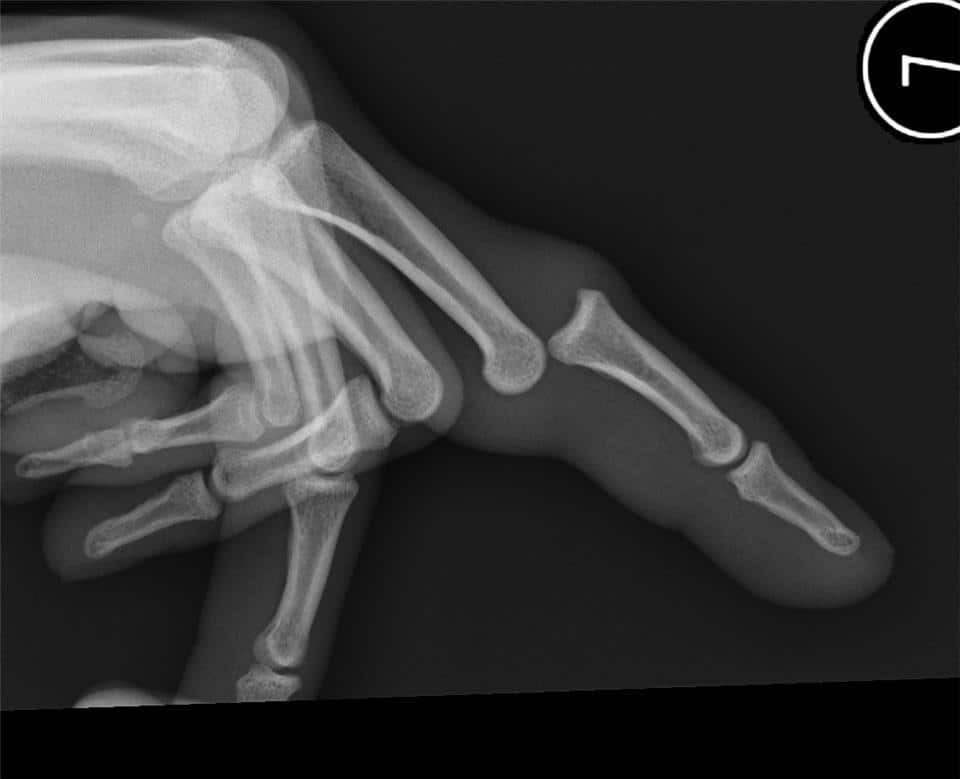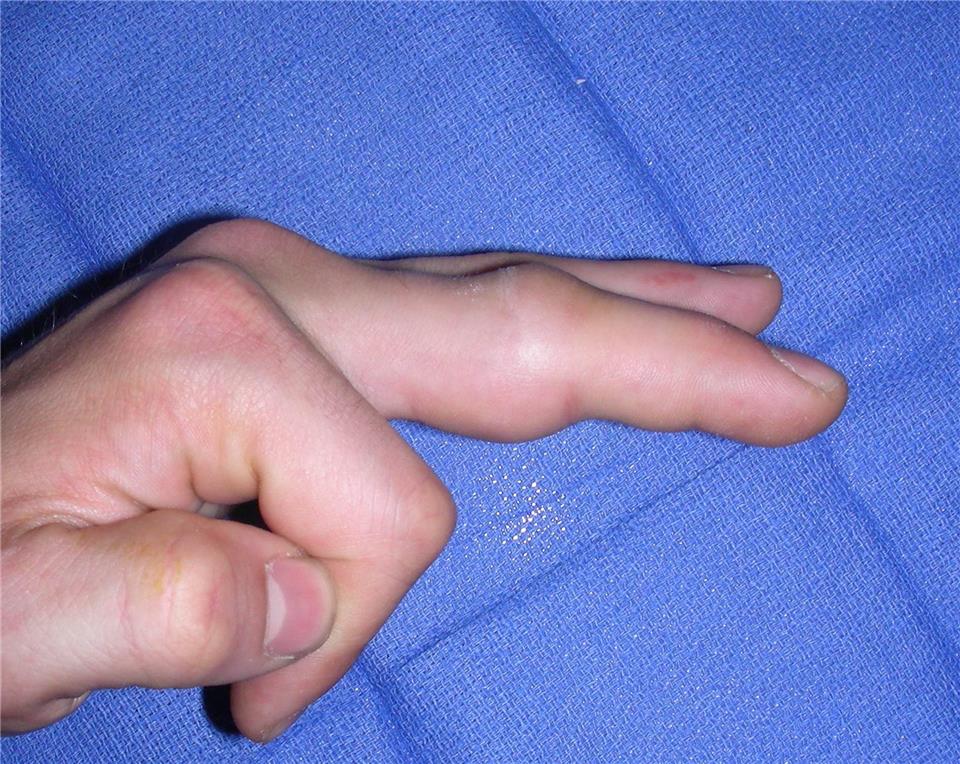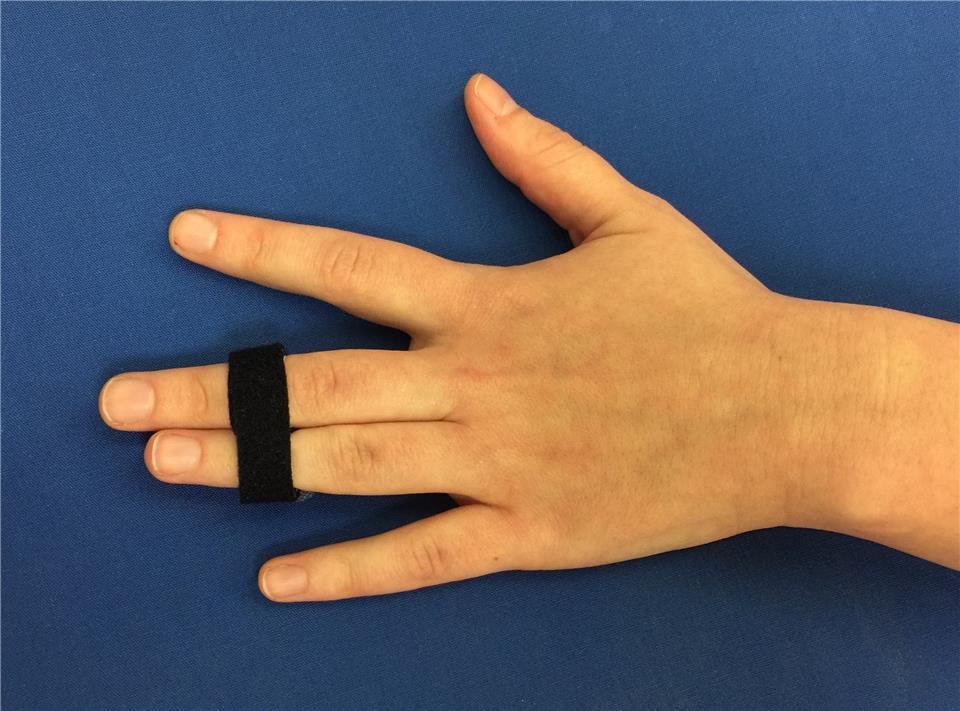Description
A jammed finger is common in sports but may also occur during regular daily activities. Even if the injured finger looks normal and can move normally, it may require medical treatment. The anatomy of the finger joint is complex, and several types of injuries can result in permanent problems if they are left undiagnosed or untreated.
Causes
A jammed finger occurs when the tip of the finger is compressed towards the hand. As the finger is compressed, the ligaments supporting the joints are stretched or “sprained.” Ligaments are soft tissues that hold bone to bone. The greater the force, the more severe the sprain. If the force is strong enough, the ligaments can tear completely.
Other injuries that may occur from more violent forces include torn tendons, fractures (broken bones) and dislocations (Figure 1).
Signs and Symptoms
A jammed finger may result in pain and the inability to bend, straighten or grip with the finger.
Doctor Examination
Your doctor will need to know how and when the injury occurred. Physical examination is performed to check finger position, movement, pain and swelling.
X-rays are usually taken. On occasion, other studies may be needed, such as an MRI or CT scan.
Treatment
Nonsurgical Options
A jammed finger may be treated without or with surgery, depending on how severe the injury is. Some injuries can be treated with a splint and/or buddy strapping to the neighboring normal finger (Figure 2). These treatments are often performed along with the care of a hand therapist. Some severe injuries require surgery. In any case, even with simple sprains, the finger may be swollen for up to a full year. You and your hand specialist will determine the best approach for your individual situation. Successful outcomes depend on the combined efforts of the specialist, therapist and you.




